Tribeca Film Festival 2019 Documentary Report #1
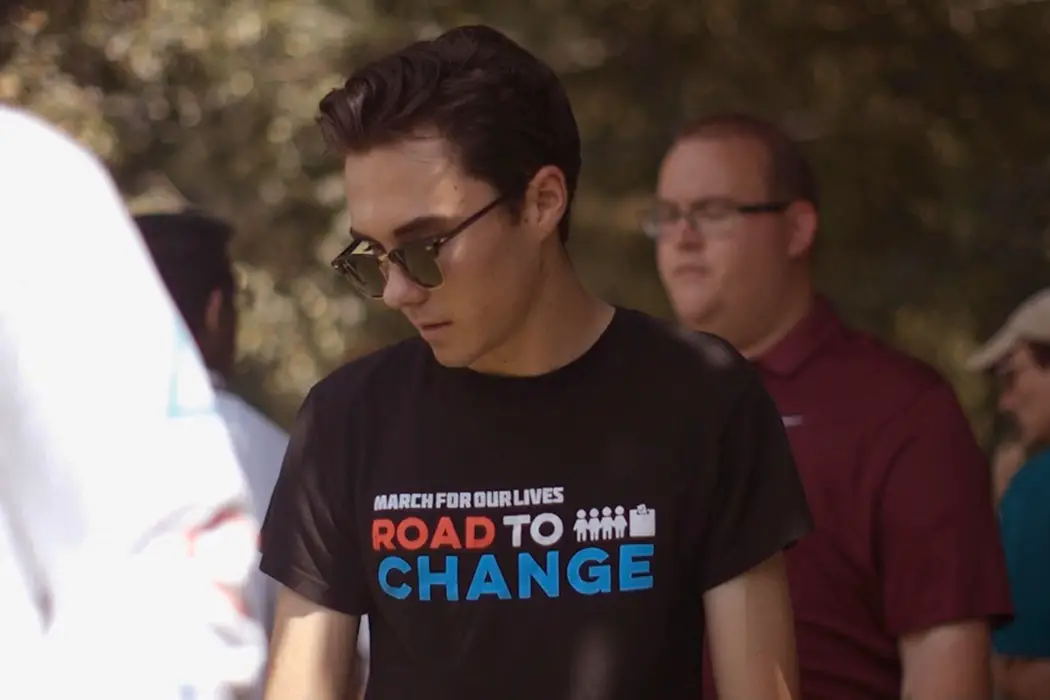
Stephanie Archer is 39 year old film fanatic living in…
The caliber within the documentary category at this year’s Tribeca Film Festival was incredible, a roller coaster ride of emotions and a new wealth of knowledge.
For They Know Not What They Do – Daniel Karslake
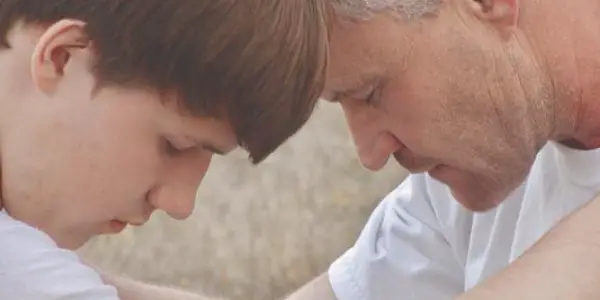
Ugly cry. These are the two best words I can find to describe the reaction I had to For They Know Not What They Do. While I hate to admit I was the most uncomposed critic at my screening, it is a testament to the power, strength and message of this documentary. I have seen some heavy hitting documentaries at this year’s Tribeca Film Festival, with more on the docket to come, yet this is the one I found the most difficulty keeping my composure.
For They Know Not What They Do, from director Daniel G. Karslake, interweaves a variety of mediums and testimonials, taking on a variety of perspectives, giving voices to those some political and clerical individuals attempt to silence and tarnish. What the documentary presents is not new information, but faces to hate and faces to persecution. We see those who spread venom and hate, as well as those who have fallen victim or have found the strength to rise above. In reference to the Pulse Shootings in Florida, one clergy member preached that the grace of god had taken away 50 pedophiles, the world was better for it. Contrast this with the story of a young transgender woman whose strength has given her a place in the heart of the political scene, an advocate with a voice and power to help and make change.
Following four individuals and their families, viewers are presented with similar yet very different stories of those who decided to come out and the challenges they faced – and in many cases are still facing. There is a raw truth to it, a genuine vulnerability that will cut deep no matter your viewpoint on the matter. As each chapter in their stories are revealed – both with the negative and the positive – viewers will find a renewed faith in humanity, yet a severe understanding that there is still so much further to go.
The most pungent message was the difference between religious freedom and religion bias. Using the refusal to create a cake for a gay wedding, you cannot pick and choose which parts of the Bible you are going to follow. If you are not going to sell your baking services to a couple for their wedding because they are gay, you cannot and should not to a person who is obese, as this would be aiding and allowing the deadly sin of gluttony. We have all seen Seven, we know homosexuality was not included in that film.
There is also just as powerful, both in it inclusion within the documentary as well as acknowledgement overall, this idea of “They Know Not What They Do.” Many of these individuals who are against LGBTQ rights do not know. They are behaving as they were raised, acting on the only knowledge that they have, following those who have led them since birth. If their priest tells them it is wrong, they have been taught to follow his word wholeheartedly. The documentary includes testimonials from one of the former conversion therapy (which is still legal in 41 states – 41!) leaders, his guilt expressed on screen for what he made children undergo for years, the words he spoke to the parents. In present day, he understands, but back then, he thought he was doing the right thing.
For They Know Not What They Do is an example of the power of documentary film. There is not hate within its message, just the intent to showcase what currently exists, to no longer let hate live behind religions and a political backdrop, instead bringing the stories of individuals forward and showing the work that still needs to be done
After Parkland – Jake Lefferman and Emily Taguchi
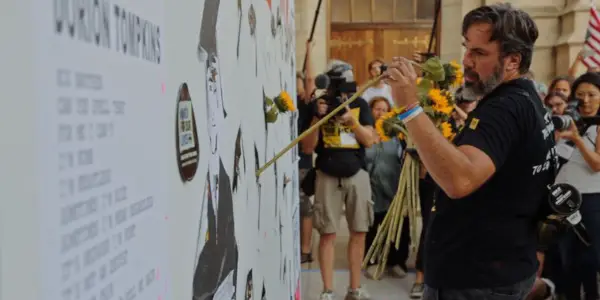
This year, our country and the town of Littleton, Colorado acknowledges the 20th anniversary of the Columbine school shooting – a dark mark on our country that should have been just that – a mark. But change is not something that comes easily or quickly. And though we have advanced our reaction times, increased drills and have tried to bring awareness and recognition for those in trouble, the lives of students throughout our country continue to face the tragedy of school shootings.
Last year, on February 14, 2018, Parkland, Florida sadly joined a growing list of survivors and victims. Yet, in its wake was a rise up of power, strength and voice. An anger that has been boiling beneath the surface ready to explode found its vessels in the lives of students, victims – a country-wide call to action brought to the doors of Capital Hill and political offices around the world. In the face of tragedy, the students of Douglas High pushed forward.
After Parkland starts with the shooting but for only a brief moment, the apparent anger and drive in the events to follow immediately apparent with students, one specific individual evacuated from the building, asking first responders as he records on his iPhone “Are we really doing this again?”. Shock and fear were replaced with anger and determination, resilience to be the change we want to see in the world, finding encapsulation in these young voices. Just seven days after the tragedy, surviving students and surviving family members joined victims and parents of previous shootings, Columbine and Sandy Hook, at the White House demanding to know why nothing was done sooner, and vowing to make the change THIS TIME. Andrew Pollack, father to Meadow Pollack who lost her life that day, stood his ground, pointing out there was more security for the Department of Education than our school, citing an armed guard is stationed in the elevators he came up in, yet our schools are left defenseless.
From here, the continued resilience of the students and their community shines bright. Embracing the pain, they fight for the memory of their fallen friends, sons and daughters. We all remember the school walkout last year, one of the proudest moments I have felt of this new generation. They understand the power of change and the need to have their voices heard – and most importantly – are unafraid to do what it takes.
After Parkland will grip you with the strength of its subjects, the willingness to dive into this documentary immediately following this tragedy and acceptance of what has happened and what they can do. With the recent shooting in Colorado this week, After Parkland has never been so timely.
The Leftover Women – Hilla Medalia and Shosh Shlam
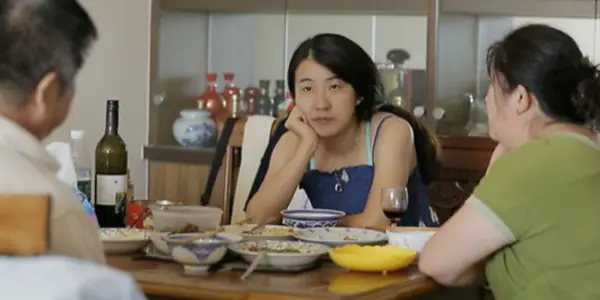
In a time of inequality and woman’s rights, it is important to look beyond the troubles of ourselves and our own country. The mistreatment of women, the inequality and the devaluation is a world problem that has a variety of faces and comes in different forms. In China, due to disparity in the population between men and women, women are “encouraged” to marry young, and quickly. Those who do not conform to the government encouraged standard, that remain unmarried late into their 20s and beyond are referred to as “Leftover Women”, with each passing year their single status and shame to their families growing stronger and stronger.
If you want a perspective of women’s issues throughout the world, watch The Leftover Women from directors Hilla Medalia and Shosh Shlam. Where physical cruelty towards women throughout the world may be waning, emotional abuse still rages strong. Foot binding and fire pyres are instead replaced with emotional distress, depression and overwhelming “encouragement” to give themselves to someone who is a good match, leaving behind personal desires in a mate.
The Leftover Women follows three women, each in their own stage of adulthood, each in their own stage of “Leftover Women”. One longs for a man with ideals she considers picky – she wants an educated man and someone to share in the housework with her. For many around the world, these are far from picky attributes and requests, they are mandatory. They are the lowest items in consideration of a mate. These, as she is told, are unlikely, especially given her age. She is lucky to get what she gets.
Another woman, now in her late 30s, her prospects of marriage are almost void of hope. Though she is one of the lucky few who has found a man who does not mind her age. Well, that is not entirely true, either. While they have both found happiness, there is a moment he does express his concern for her age. What will his family and friends think? What will they say? Thankfully, this is not a deterring issue as he does marry her, their unity bringing a male into the family.
Lastly, we meet a woman who is on the verge of becoming a Leftover Woman, still young enough to find her match, though wedged between a constant battle with her parents’ concern for her potentially becoming a Leftover Woman and her mother’s disapproval of anyone she has matched with. She is pushed to marry, yet held back at the same time. Mixed signals weigh a toll on her.
Films such as the Leftover Women remind viewers that the fight for equality is not a problem confined to one country or community, but rather the world. Here, where a government, who provides sanctioned dating events, and families are pushing their daughters towards one goal, with no disregard for their well-being or mental stability, shows the damage that can be caused. Here we see how while there has been improvement in the treatment of women, there has in many cases also only been a shift in the way they are treated. What was once physical, is now emotional – something that can cut deeper and take longer to heal.
A Woman’s Work: The NFL’s Cheerleader Problem – You Gu
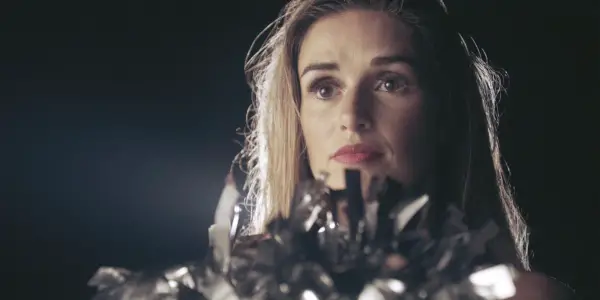
The fight for women’s rights is unfortunately far from new, its presence in mainstream news far from unique. Though in recent years, as has happened in pockets of history, the rights of women is front and center, their fight for respect and equality a constant battle chronicled through not only the news but social media outlets as well. As the battle rages on, each with its own successes, more and more inequality that faces women continues to surface, the power of one standing up empowering the voices of many. A Woman’s Work: The NFL’s Cheerleader Problem from director Yu Gu is the next inequality to join the growing list, and injustice tucked neatly away within one of the biggest organizations in our country.
So what is the NFL’s problem? Well it is certainly not their cheerleaders, but rather their treatment of them. For years, cheerleaders have been making below federal minimum wage for the training and work they do at games – and that is if your squad has a salary. On top of that, practices are mandatory, with tardiness or absences resulting in a fine that must be paid to the team. But wait, there is more! Have you ever seen the cheerleader NFL calendars? Well, cheerleaders are required to purchase them monthly, only making their money back if they are able to sell them all. Oh, and did I mention the team does not provide uniforms or travel expenses? Yep, they are required to covered that too.
For years, this practice has been continuing with girls who are “lucky to be here”. That is until woman started saying no, taking the NFL all the way to court – yet with consequences that reverberated far beyond all parties involved. A Woman’s Work is a timely and important documentary with regards to women’s rights and the battle for equality, yet it is not without its flaws. While it brings every facet of injustice and roadblocks to equality, it feels not wholly developed, as though there was not enough material for the documentary itself or a lack of confidence in the material it was trying to present. Holes and moments of down time are filled with each of the woman’s own struggles in their personal lives, including both death of a family and the lack of participation with child rearing from a father.
What I did like was the generational aspect that was showcased, the mind frame of cheerleaders over the course of 60 years. Many who watch A Woman’s Work may ask,” Well, why would they do all of this for so long?” While this question is not entirely answered, more so inferred, it is interesting to hear the disdain that reverbates throughout the alumnis as well as current cheerleaders. The idea of ”they should be lucky they get to do this” so ingrained in the mentality past and present. This was such a vital aspect of the documentary where I think more potential lay for a stronger film. The difference in the value of women has changed over the years, not just within the male community but in the way females see themselves and other females. What was a common social tag belief years ago is no more today. This angle could have further filled in the holes relating to the film, speaking to some of these earlier cheerleaders could have given more of an insight on how the NFL was able to get away with the mixed treatment of their cheerleaders for so long.
While timely and effective, A Woman’s Work did not have the confidence in its subject matter to carry from start to finish, adding information and other issues that distract from the primary one. However, it proves that there is more work to be done, both on screen and in society. There are injustices that have more to them than meets the eye, and we must continue the fight until there are no more cries of inequality left.
Does content like this matter to you?
Become a Member and support film journalism. Unlock access to all of Film Inquiry`s great articles. Join a community of like-minded readers who are passionate about cinema - get access to our private members Network, give back to independent filmmakers, and more.













